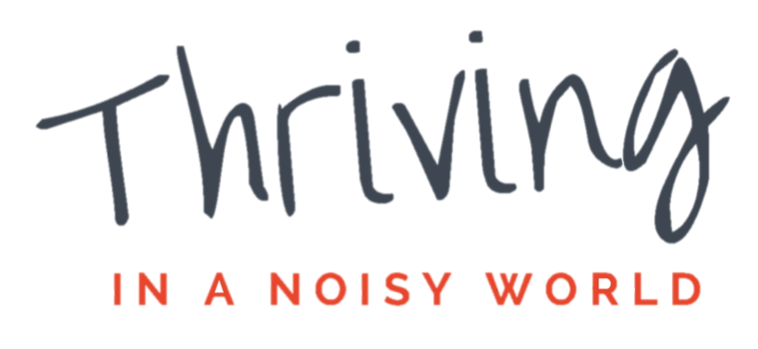“Things falling apart is a kind of testing and also a kind of healing. We think that the point is to pass the test or to overcome the problem, but the truth is that things don’t really get solved. They come together and they fall apart. Then they come together again and fall apart again. It’s just like that. The healing comes from letting there be room for all of this to happen: room for grief, for relief, for misery, for joy.”
- Pema Chödrön, When Things Fall Apart
It feels like 2020 is trying to break us.
I've been amazed by the collective resilience shown in the face of so much adversity, loss, injustice, and trauma this year. We were made for times like this.
And yet, in August with the raging wildfires in CA, continued racial injustice, and the election approaching, I noticed myself coming to the edge of my own resourcing. My usual resourcing practices weren't having much of an effect as I stayed inside my home in Oakland, without AC, windows and blinds closed, and a continuous stream of "bad news," for days.
Connecting with others, I realized I wasn't alone in hitting my capacity. We have a certain amount of energy to spend to cope with all that's been happening. With overlapping crises, we can get to a point where the amount of energy required exceeds the amount available.
For the past couple of weeks, I've been taking a step back to recharge, slow down with work, and allow myself all the feelings. In order to be free, I can and must feel both joy and grief. Stopping feeling one blocks me from feeling the other.
Grief acknowledges what we love and value. Grief means allowing ourselves to fall apart in a world that values "holding it together." Through connecting to what we value, grief is a necessary part of knowing how to move forward. And so is finding joy in the little and big things.
I'm inviting you to give yourself permission for the range of experiences you might be having right now.
How might you make room for both grief and joy? What helps you recharge?
Below are a few resources that I hope may be supportive for you.
With love,
Sarah-Marie
Resources
[READING & LISTENING]
[Article] Your ‘Surge Capacity’ Is Depleted — It’s Why You Feel Awful by Tara Haelle
[Podcast] Navigating Loss Without Closure with Pauline Boss and Krista Tippett
[Book] When Things Fall Apart: Heart Advice for Difficult Times by Pema Chödrön
[Podcast] Devendra Banhart with Krista Tippett on 'When Things Fall Apart'
[Book] Consolations by David Whyte
[Book] Man's Search for Meaning by Viktor Frankl
[POEM]
On Joy and Sorrow by Kahlil Gibran
Then a woman said, Speak to us of Joy and Sorrow.
And he answered:
Your joy is your sorrow unmasked.
And the selfsame well from which your laughter rises was oftentimes filled with your tears.
And how else can it be?
The deeper that sorrow carves into your being, the more joy you can contain.
Is not the cup that holds your wine the very cup that was burned in the potter’s oven?
And is not the lute that soothes your spirit, the very wood that was hollowed with knives?
When you are joyous, look deep into your heart and you shall find it is only that which has given you sorrow that is giving you joy.
When you are sorrowful look again in your heart, and you shall see that in truth you are weeping for that which has been your delight.
Some of you say, “Joy is greater than sorrow,” and others say, “Nay, sorrow is the greater.”
But I say unto you, they are inseparable.
Together they come, and when one sits alone with you at your board, remember that the other is asleep upon your bed.
Verily you are suspended like scales between your sorrow and your joy.
Only when you are empty are you at standstill and balanced.
When the treasure-keeper lifts you to weigh his gold and his silver, needs must your joy or your sorrow rise or fall.
[MICRO-PRACTICES]
You can experiment with the following micro-practices that you can use to create mini-breaks in your day. They are super short and effective, especially in combination with regular mindfulness practice.
Two Feet, One Breath
Feel one foot, then feel the other foot, and then take one conscious breath.
STOP Technique
S- Stop for a moment. Don't react. Give yourself the gift of a brief reflection.
T-Take a breath. Breathe in and out. Track your breath. Sense the chest rising and falling.
O-Observe your experience. Notice the sensations in the body. Observe the thoughts or the story going through your mind, and appreciate that thoughts are not facts. Explore your emotions and get a sense of where you are in this moment.
P - Proceed. Move forward in a way that feels right to you and is consistent with your values.
Guided Meditations
RAIN of Self-Compassion [16:34] to work with difficult emotions and cultivate self-compassion.
Self-Compassion Break [10:42] to work with a difficulty in your life.
Coming Home to Presence [16:59] to practice mindfulness of breath, body, and emotions.
Lovingkindness for Self & Others [19:51] to cultivate kindness toward yourself and others.
Cultivating Compassion for Others [10:56] to practice cultivating compassion for others who are struggling.










